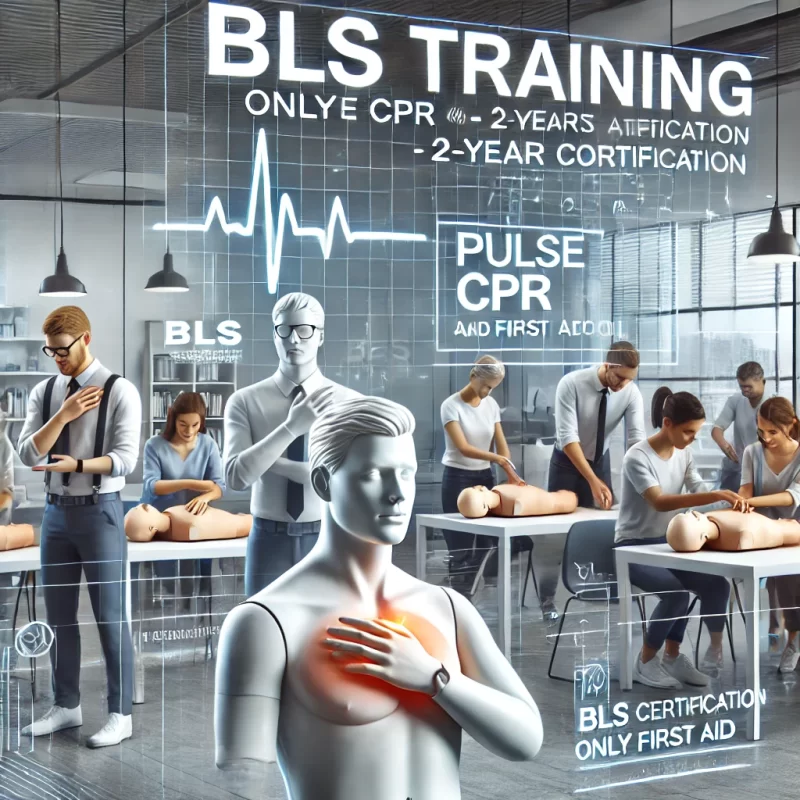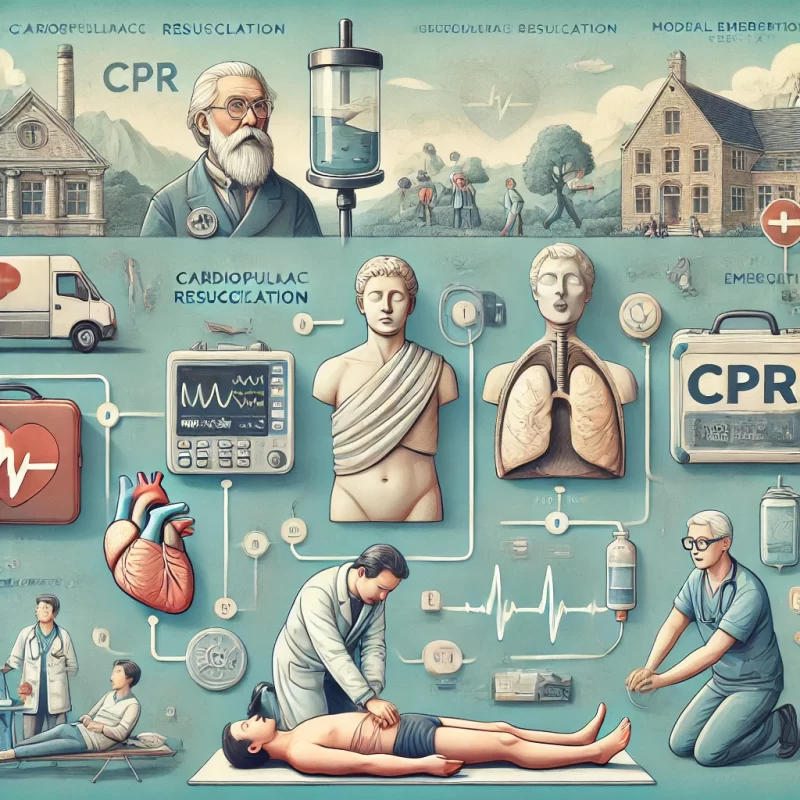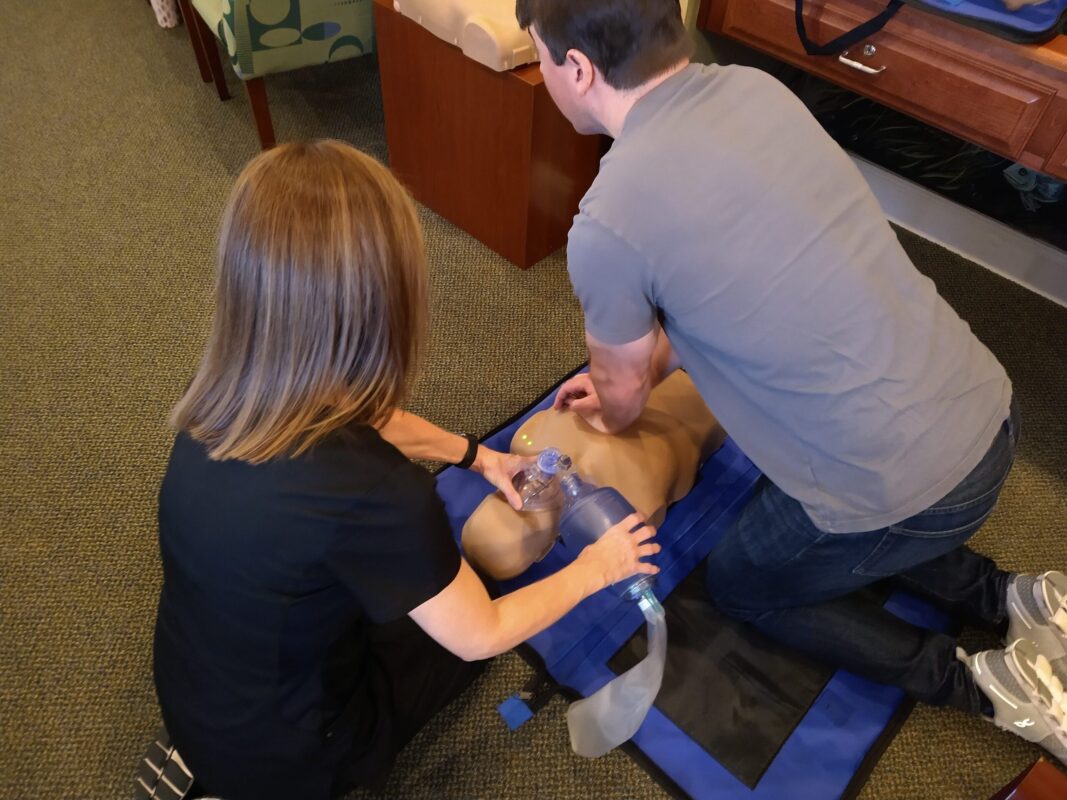
CPR CERTIFICATION… WHICH CPR CERTIFICATION SHOULD YOU TAKE? It’s time to take a CPR class and you start searching the Internet. You know of two types of certifications: American Heart Association and American Red Cross, but which one should you take? What’s the difference?CPR CERTIFICATION.
The AHA and the ARC are the most well know CPR certifying agencies out there, but they are not the same. Although they are both based off the American Heart Association guidelines, the certifications are not identical. Below we will discuss the differences between both of them.
American Heart Association – The AHA CPR classes are broken down into three courses: BLS for the Healthcare Professional, Heartsaver AED, and Heartsaver CPR. If you are in the medical field, BLS is the only class for you. It is the most widely accepted course for hospitals and dentists. The Heartsaver CPR classes are for laypeople, teachers, physical therapists, babysitters, etc. AHA certifications are good for 2 years and a book must be purchased with each class.
American Red Cross – The ARC CPR classes have three courses as well: CPR for the Professional Rescuer, CPR for Schools and the Community, and CPR for the Workplace. CPR for the Professional Rescuer, or CPR Pro, is comparable to the AHA BLS courses, but is not accepted as widely. It is a 2 year certification as well. The other two courses are equivalent to the Heartsaver courses but the certifications are only good for 1 year. Books must be purchased as well for Red Cross CPR classes.
There are some other CPR certifying agencies that are equivalent to the American Heart Association. American Safety and Health Institute (ASHI) is approved by the United States Coast Guard, US military, and many others.
So there it is American Heart vs. American Red Cross. Who’s the victor? My vote goes to American Heart Association.
Author: Zack Zarrilli



